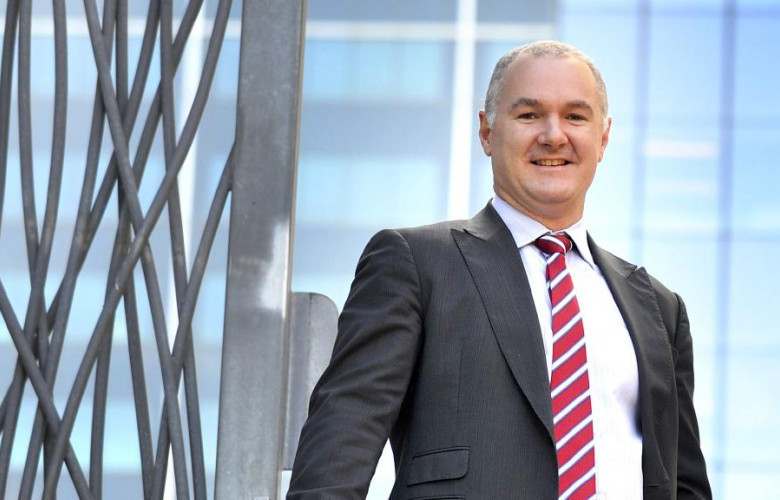RBA hold decision should be seen as a positive outcome - CoreLogic
Contact
RBA hold decision should be seen as a positive outcome - CoreLogic
By Tim Lawless, Research Director at CoreLogic Asia Pacific.
In a decision that was almost universally expected, the RBA kept the cash rate on hold at 4.35% at the September meeting. With the US recently dropping their cash rate target by 50 basis points last week, alongside earlier cuts from the UK, Canada, NZ, China and the EU (among others), the RBA’s decision to keep the cash rate on hold might attract some scrutiny.
Importantly, Australia hasn’t gone ‘as hard’ on monetary policy as most other Western nations, increasing the cash rate by 425 basis points compared with a 525 basis point increase in the US and NZ, and a 515 basis point rise in the UK.
Also, our tightening cycle has lagged most other nations, with the cash rate increasing from May 2022 compared with the US where the hiking cycle commenced in March 2022 or the UK where interest rates started rising in December 2021, or NZ and the EU which commenced rate hikes even earlier, in October and July 2021 respectively.
Additionally, other jurisdictions have made further progress than Australia on reducing inflation, with the US headline rate of inflation reducing to 2.5% from a peak of 9.1% in June 2022. NZ inflation reduced to 3.3% in Q2 and UK inflation has been in the low 2% range since April. In comparison, Australia’s headline rate of inflation was 3.8% in the June quarter, down from a lower peak of 7.8% in the final quarter of 2022.
Another factor that supports Australia’s lagged and softer monetary policy trajectory is the speed at which policy decisions flow through to Australian borrowers. Around 70% of Australian mortgages are on variable interest rates, meaning changes in the cash rate tend to flow through to household balance sheets and consumption quite rapidly. At the opposite end of the spectrum, the vast majority of US mortgages are locked into long-term fixed mortgage rates (typically 30 years), which means changes in the cash rate may not be as immediate.
Today’s hold decision should be seen as a positive outcome from the RBA. The decision implies the RBA is satisfied with the gradual downward trajectory of inflation, although the Bank doesn’t expect core inflation to reach the top end of the 2-3% target range until late next year and remains cautious about ‘sticky’ elements of inflation including services. Although headline inflation is reducing more visibly thanks to the ‘mechanical’ effect of energy rebates, the RBA is likely to be more focussed on measures of core inflation that may reduce more gradually.
Tight labour market conditions are another factor that could prolong the period of elevated interest rates. With the unemployment rate holding at 4.2% in July and August, alongside strong jobs growth, low under-employment and a record-level participation rate, there is a risk that tight labour markets might not be compatible with the forecast slowdown in wage growth.
Overall, the hold decision could provide a boost to consumer sentiment, as more households firm up their opinion that rate hikes are over and the next move from the RBA will be a downward one… the only uncertainty at the moment is the timing and speed of rate cuts.
Commentary by Tim Lawless, Research Director at CoreLogic Asia Pacific
Related readings
RBA hold decision unlikely to boost housing demand - Corelogic
Three capital cities record a fall in home values - Corelogic
Winter school holidays see auction volumes drop - CoreLogic
Resilient Clearance Rates Despite Higher Volumes - CoreLogic





